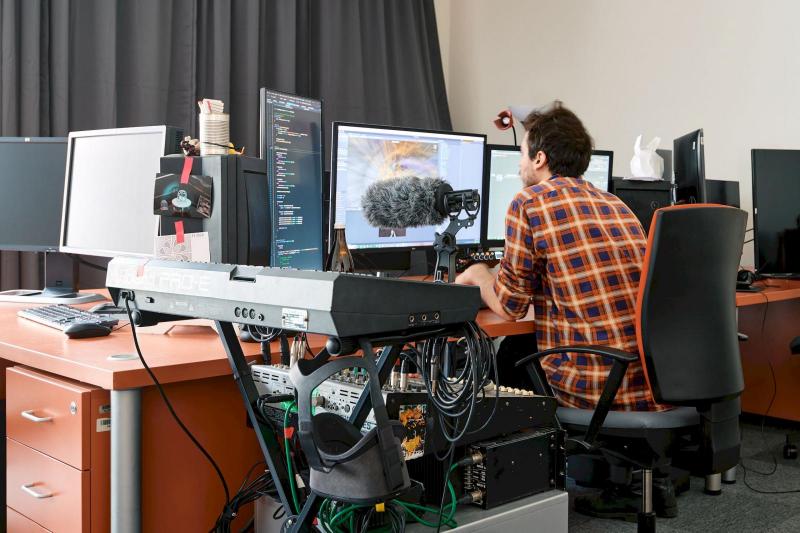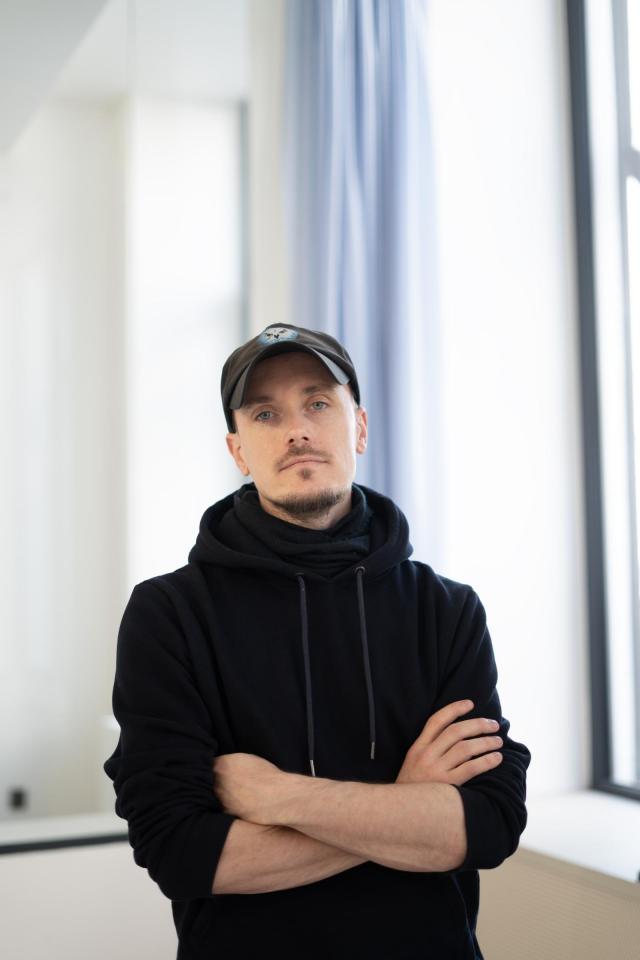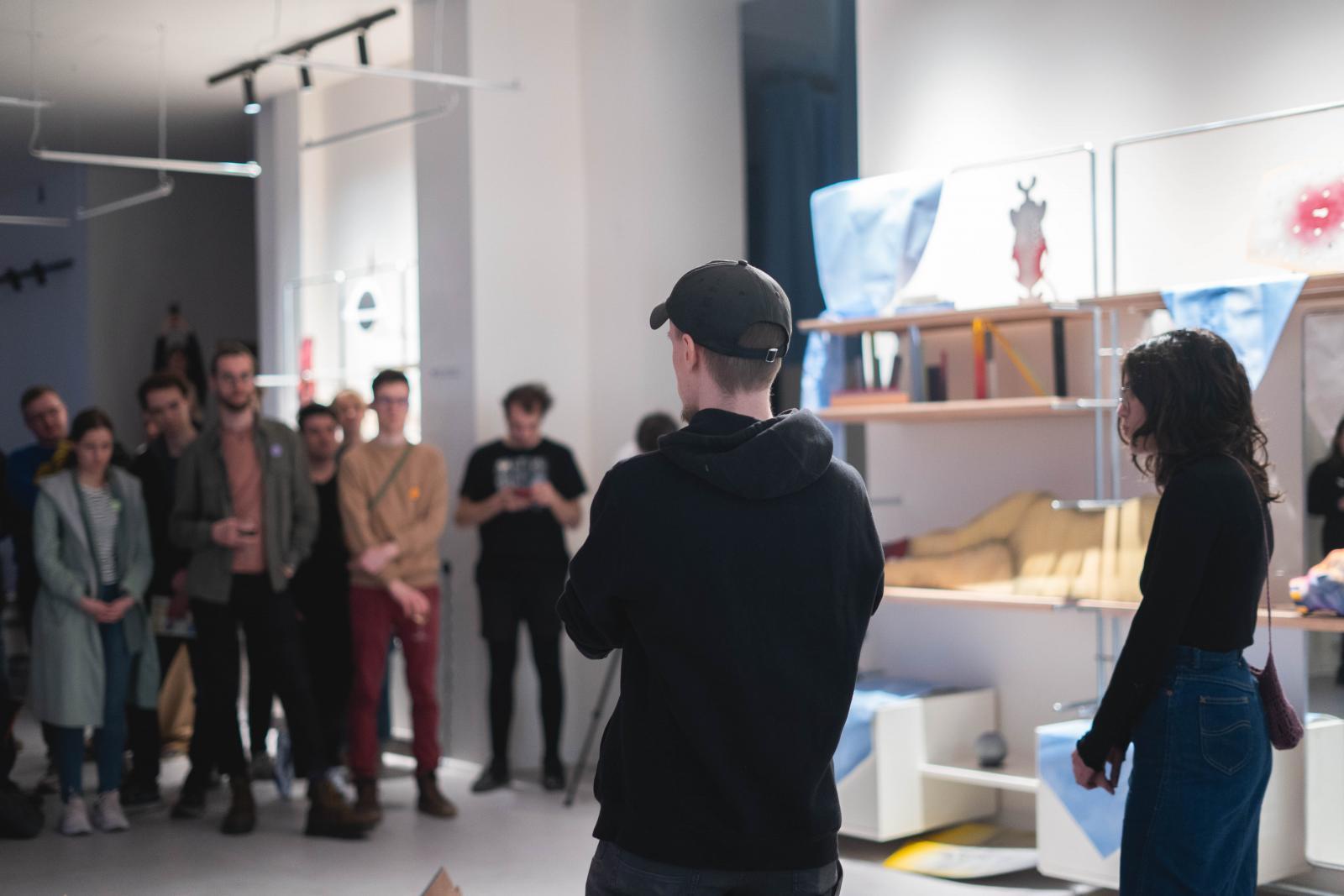Topic
BUT can play a significant role in Czech Republic's gaming development

What art brings to game development
Generally speaking, the closest relationship between art and game development, and by extension the industry itself, stems from the processing of visuals. Nevertheless, this relationship cannot be reduced to the graphic aspect alone. Today's digital games, regardless of the platform, are complex audiovisual projects. Ideally, art naturally flows into design and vice versa. This is also the educational and production model we work with in the Game Media Studio at FFA and the courses we guarantee in the field of game development. Knowledge of current trends, history, visual languages, technologies and multimedia are key to building any virtual world. If a game experience is to be truly immersive, which it doesn't necessarily need to be, then synthesizing all the segments involved is an absolute must. The initial synergy that shapes the final narrative of the game works at the level of theme and craft with architecture, lighting, animation and, of course, stylization.
It's important to understand that the games industry is, has been, and prospectively will be primarily a business, only secondarily is it anything else, however peripheral in the sense of specific and narrowly focused projects they obviously exist and make sense to pursue. In the context of visuals, current game development has a very reliable inertia. The direction of the Western games industry will continue to dwell primarily on mimicking reality, whether in the form of scanning or modelling. The term "photorealistic" graphics is synonymous with hardware and marketing in any era. This view doesn't intersect much with contemporary art, but it's only a matter of time. More accurately, we can consider this now partially automated position of development more as a kind of "arts and crafts" in the Renaissance sense. As a result, no technology is self-sustaining, even though game development is dependent on technology, including board and card games. Currently, it is important to view art as a continuous vessel of sensibility that, across game typologies and genres, allows us to work with hard-to-grasp elements such as atmosphere.
What is the Game Cluster

The most resonant topic at the moment is the amendment to the Audiovisual Act, which now also includes the games industry, which is naturally of interest to both the corporate and educational sectors. Long-term themes include the overall reflection of the industry, eventually directly on the Game Cluster through international cooperation, conferences, trade fairs and other media or partner representations. In relation to education, these are then practices and projects that can be implemented together. We can name, for example, the game-conceived exhibition Compass, which took place in the showroom of the creative hub KUMST, and it is thanks to the realisation in the art collective that it broke out of the fair understanding of presenting or exhibiting games.
What is Gamebaze
The unique synthesis of the Game Cluster, the South Moravian Innovation Hub and KUMST has resulted in the next level of facilities represented by Gamebaze, an educational and community centre for game development. The basic segment, i.e. the incubator, cyclically focuses on the support, development and strengthening of competences of student, graduate or otherwise anchored teams whose project passes a qualitative selection and can be completed at the incubator level. Here, incoming students meet tutors from both university and corporate backgrounds across the different areas of development and types of their projects. For the gaming community, KUMST is currently a key platform for much of the gaming activity in Brno, including regular Game Cluster meetings, exhibitions or the Brno Game Jam, a time and topic specific event open to anyone interested in game development. At the end of the event, a playable prototype of any scale and design is expected, followed by an evaluation and of course an award for the teams. In essence, this is a local format competition, but one that is traditional both in this country and globally.
The latest addition to the game development workflow at KUMST is a dedicated coworking space. This is where developers beyond the corporate or student sector meet. As a result, it is the meeting that is the necessary driver of all other activities. The Gamebaze program and communication is provided by Natálie Sodomková, who graduated with her thesis Visual Identity of the Virtual City from the Game Media Studio at FaVU in 2022.
{{{foto|VUT_FaVU_Vojtech-Vanek_2023-05-18_Prokopius_002.jpg|775}}
What is the Lektvar Festival and Game Access Conference
Natálie Sodomková continues to maintain contact with the VUT by organizing the Lektvar Festival, which was held for the first time in March 2024 and will return periodically each year. A game festival focused on sophisticated topics was missing in our area and it makes sense to host it on the grounds of the art faculty. KUMST itself also played a key role in the collaboration. The first edition focused on the theme of colour, which fully permeates not only the development of digital or board games, but touches directly on our perception and the transmission of information. At the festival, experts from FaVU and colleagues from MU, as well as guests from the ranks of alumni who are involved in game development professionally, commented on the topic. At its very core, the festival focuses primarily on student games not just locally, but nationwide. A key aspect here is to establish relationships with high schools and colleges to bring the faculty and university closer to potential applicants and prospective students, specifically through live gaming, workshops, lectures, presentations, and discussions.
One of the festival goals is to focus more on illustration as a key catalyst for authorial intentions not only in the context of game development, and at the same time to attract international guests to the festival. This would build on the international Game Access conference, which annually brings world-renowned figures from the games industry to Brno. Alternatively, it is an even more modest variant of GameDev Connect, which focuses mainly on connecting education with the games industry. This opens up space for the whole spectrum of participatory culture such as esport, streaming, cosplay and others, areas that are yet to be written into the deeper relationships between development, education and academia.

What's next
Next steps across all segments involved will be primarily in the spirit of building partnerships, whether in the context of the Brno or the national scene. At the level of specific cultural events, we can mention in this context, for example, Anime Fest or Prototype Festival. In relation to education, it is of course about strengthening the sharing of knowledge within the intra- and inter-university space. Thanks to the unique combination of faculties, the BUT can now make an even greater impact on the game development in our territory, including the aforementioned participatory and media culture.
FaVU is naturally closest to production in the art sphere and gallery operations. However, the faculty has recently opened a Design degree program, which includes product and graphic design studios, including the Game Media Studio. It can therefore be expected that the new degree programme will also make an imprint on the overall ecosystem. In conclusion, we can only wish the game development environment in Brno to continue to retain and motivate the people who provide it with a significant source of its own energy. The complexity of the relationships between the games industry, education and culture to the community background gives us a primacy that makes sense to maintain. Indeed, in its current state, this ecosystem is irreplaceable in our area.
Companies get rid of waste, students get material for work. A recycling station has been set up at the FFA BUT
Jan Šrámek, a successful illustrator and teacher at FFA, created an original gift for the important guests of the BUT
Women from BUT who move the world of science and technology
She designed a board game from the gothic universe, now a graduate of a FFA is motivating other game developers
We are probably wouldn't recognize ancestors from prehistoric times on the street, says sculptor Ondřej Bílek






